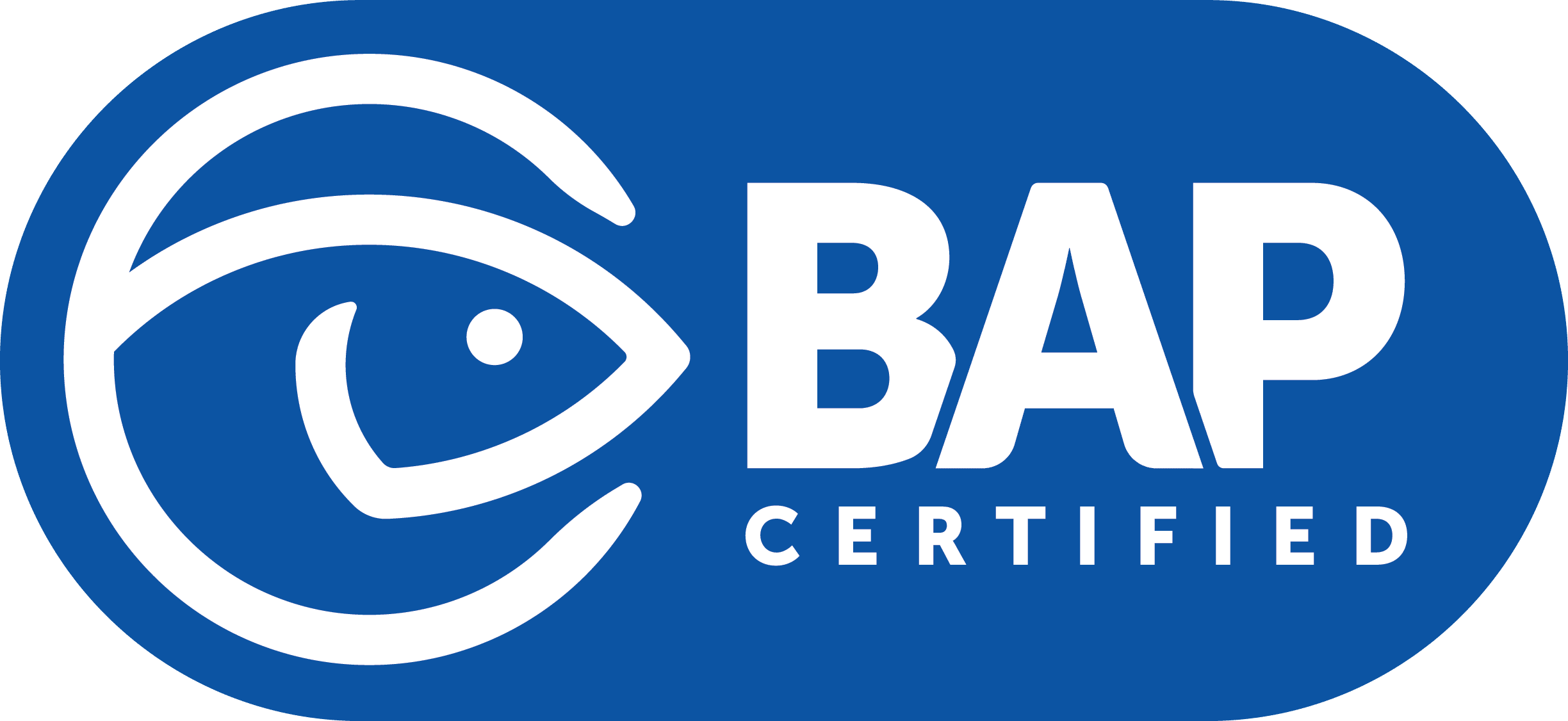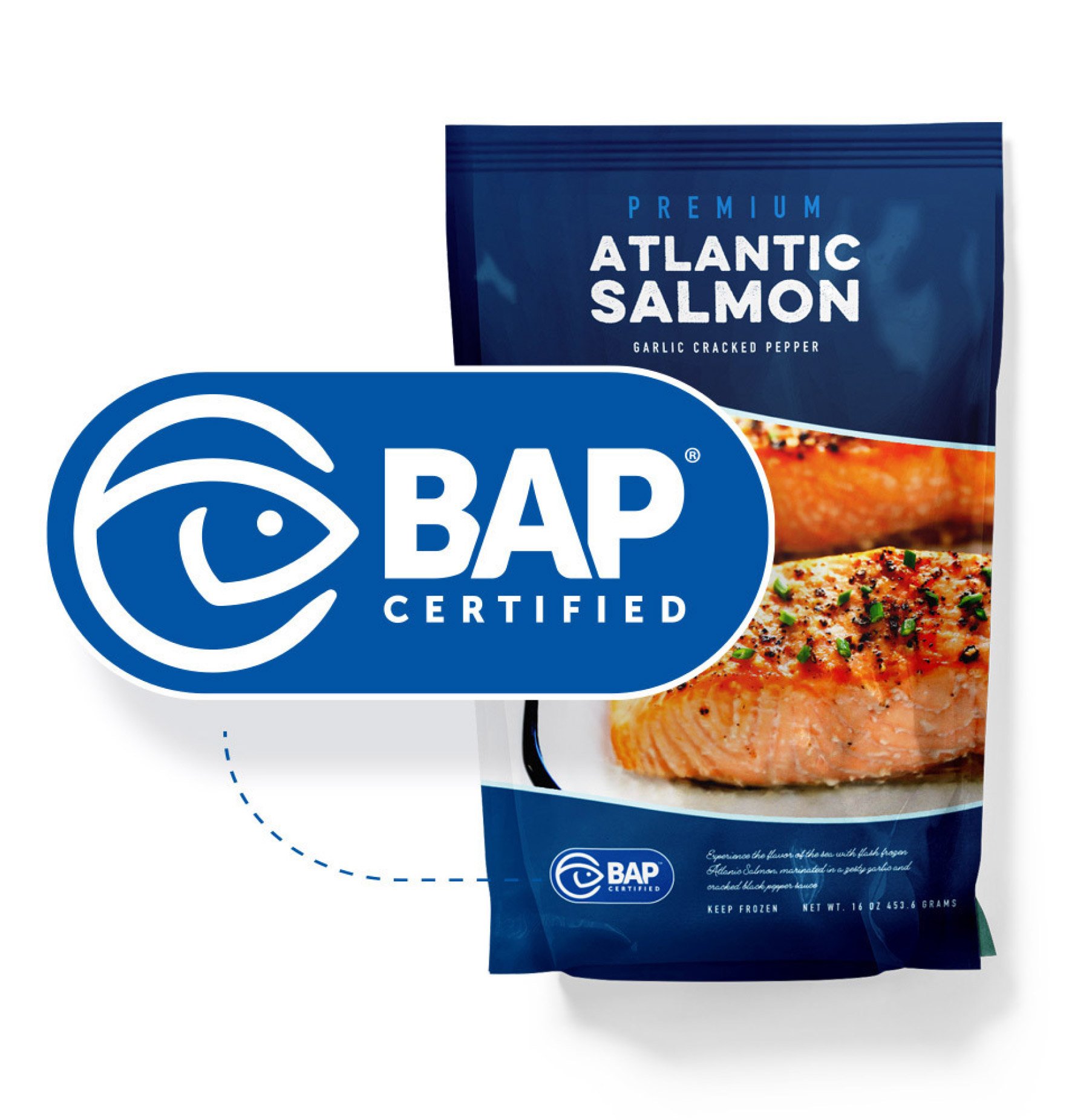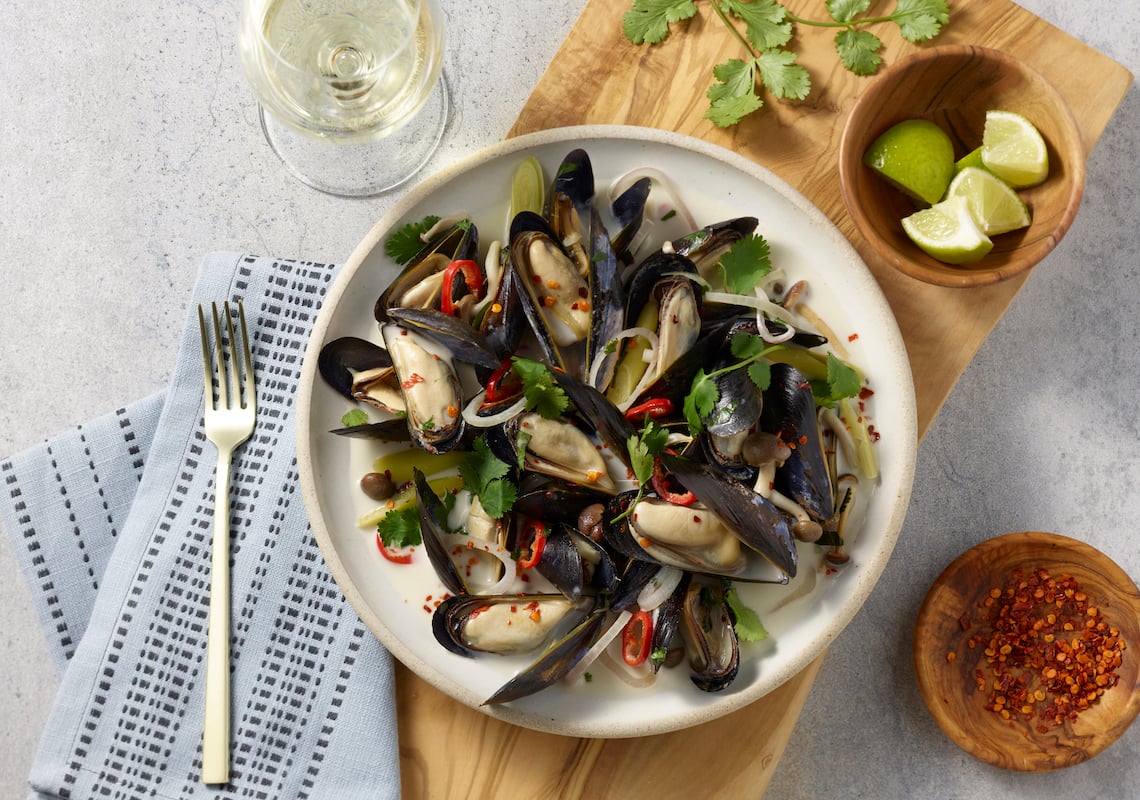Salmon is one of the most popular seafood choices among health-conscious consumers. Rich in protein and omega-3 fatty acids, salmon provides an array of nutritional benefits. However, concerns over sustainability environmental impact and safety have led many consumers to question whether farm-raised salmon is truly a healthy choice. This is where certification programs like Best Aquaculture Practices (BAP) come in. BAP certified salmon aims to alleviate consumer doubts through third-party auditing and strict standards. But is this enough to ensure the salmon is responsibly farmed and safe to eat?
What is BAP Certification?
BAP certification is administered by the Global Aquaculture Alliance, a non-profit organization dedicated to promoting responsible aquaculture practices. To become BAP certified, salmon farms must pass third-party audits assessing their operations against the BAP standards, which include:
- Environmental responsibility
- Social accountability
- Animal health and welfare
- Food safety
The audits take place at every step of production, from the hatcheries and feed mills to the grow-out sites and processing plants. Farms must meet criteria on water quality, feed formulations, biosecurity protocols, worker conditions, and more The BAP seafood processing standard is actually benchmarked against the globally recognized GFSI (Global Food Safety Initiative) guidelines
Does BAP Certification Ensure Salmon Safety?
When consumers see the blue and green BAP logo, they can feel confident that the salmon was farmed to the industry’s highest standards for safety and responsibility Here are some of the ways BAP certification specifically addresses salmon safety
-
Traceability – BAP requires traceability documentation so each farm’s products can be tracked through every production stage. This enables swift response if any safety issues arise.
-
Controls over drugs and chemicals—BAP strictly prohibits the medical use of drugs and chemicals, requiring withdrawal periods before harvest and banning growth promoters.
-
Testing—Farms that are BAP certified must regularly check the feed for contaminants and the processing plants and finished goods for microbes. This verifies safety.
-
Biosecurity – Detailed farm biosecurity protocols minimize disease risks and the need for medication treatments.
-
Water quality – Regular water testing and monitoring ensures optimal growing conditions. Clean water = healthy salmon.
-
Processing audits – Processing plants are audited against GFSI food safety requirements for facilities, sanitation, employee practices, HACCP programs, etc.
-
Food safety plans – In-depth food safety plans for harvest, storage, transportation, traceability, and recall response help mitigate risks.
What About Antibiotics Use in BAP Salmon?
One common consumer concern around farmed salmon is antibiotic usage, and whether drug residues end up in the final products. The BAP standards only allow therapeutic antibiotic treatments when prescribed by a fish health specialist for diagnosed infections. Furthermore, they prohibit using drugs deemed critically important for human medicine by the WHO.
BAP also mandates lengthy withdrawal periods before any salmon given antibiotics can be harvested, ensuring the fillets contain no trace antibiotics. And they require each farm to establish drug monitoring procedures with assays to validate the fish are clear. So while antibiotics may be used responsibly for sick fish, BAP ensures it’s done safely and judiciously.
Any Other Food Safety Concerns with BAP Salmon?
Overall, the comprehensive BAP food safety criteria minimize the top risks associated with farmed salmon:
-
Pesticides – BAP guidelines mandate responsible use and application of pesticides with surveillance testing.
-
Toxins – The feed used must meet nutritional standards and be tested for banned substances, heavy metals, etc. This prevents toxin accumulation.
-
Contaminants – Microbiological checks and sanitation protocols prevent environmental bacterial contamination.
-
Parasites – Farm sites are selected and managed to reduce parasites and pathogens in the surrounding waters.
-
Handling – Strict chain of custody and temperature control eliminates mishandling or abuse of harvested salmon.
While foodborne risks can never be fully eliminated, the combination of third-party audits and safety-focused requirements give strong assurance that BAP salmon is responsibly produced.
What Do Government Food Authorities Say About BAP Salmon?
Regulatory food safety agencies like the FDA recognize the value certification programs can offer through standardized inspections and criteria. While the FDA doesn’t officially endorse any private certification, BAP standards are designed to satisfy or exceed government requirements.
The FDA has highlighted seafood certification as a useful tool for supplemental verification and transparency. And they encourage retailers and consumers to preferentially source certified products, signaling that programs like BAP provide meaningful food safety value.
Can Non-BAP Salmon Be Safe Too?
Consumers should understand that non-certified salmon can absolutely still be perfectly safe when responsibly farmed. Many reputable salmon producers follow similar safety protocols as BAP, even without the third-party oversight. However, BAP provides an added degree of assurance and transparency for consumers seeking peace of mind.
The best practice for consumers is to ask questions about sourcing, conditions, oversight, and safety testing whenever buying salmon, whether BAP certified or not. Regulations and practices vary globally, so know your producer and their standards. Detailed documentation of farming practices and test results are good signs of a conscientious producer.
Best Practices for Safely Eating BAP Salmon
To maximize food safety when enjoying BAP salmon:
-
Verify it is correctly labeled with the BAP logo. Fake seafood claims are common.
-
Check the harvest date and use within 3-5 days for best freshness.
-
Inspect the fish for fresh odor, sheen, and firm texture with no discoloration.
-
Store at 38°F after purchasing and keep refrigerated until ready to cook.
-
Rinse hands, surfaces, and utensils after contact with raw salmon. Avoid cross-contamination.
-
Cook to an internal temperature of at least 145°F to destroy any potential pathogens.
By selecting responsibly farmed BAP salmon and adhering to safe handling methods, you can enjoy nutritious, sustainable seafood with confidence.
The Bottom Line
Can health-conscious seafood lovers eat BAP certified salmon without worrying about safety or sustainability? Based on the rigorous certification criteria and focus on transparency, the answer seems to be yes. While no single label can provide an ironclad guarantee, the comprehensive scope of the BAP program minimizes the common risks and concerns around farmed salmon. Combined with safe handling practices by retailers and consumers, BAP salmon offers an ethically produced, nutritious fish option consumers can feel good about choosing.

The Importance of Best Aquaculture Practices
Best Aquaculture Practices is an internationally-recognized program to certify farmed seafood that is produced safely, responsibly, and ethically.
When you buy seafood from BAP-certified producers, you know that it meets strict rules for the animals, the workers, and the environment. Learn more about BAP products and why they make a good choice for you and your family.

The salmon in this dish is the star. It is glazed in a simple hoisin sauce and served with rice and crisp vegetables.
In a bowl of tasty miso broth, you can enjoy a mix of flavors with shrimp, fresh vegetables, and ramen noodles.
Health Benefits of Seafood
The USDA recommends that all of us (including kids!) eat two seafood meals a week for better health. Learn why seafood is so important to our health and how it can help keep us from getting sick.


Why You Should Look for the BAP Label
FAQ
What does bap mean on salmon?
Is bap fish safe?
Is a bap certification legitimate?
Is bap reliable?
Why should you choose BAP certified seafood products?
Choosing products from BAP-certified producers ensures your seafood meets strict standards relative to the environment, the workers and the animals themselves. Learn more about BAP products and why they make a good choice for you and your family.
Is fresh salmon safe to eat?
Yes, salmon is a source of omega 3, the fatty acid is responsible for acting in the prevention of cardiovascular diseases, making the heart strong and healthy. Just be careful to analyze the supplier to make sure it doesn’t have any contamination.
Is farmed Atlantic Salmon Safe?
Here, we discuss the nutrition, sustainability, and safety of farmed Atlantic Salmon according to the most recent scientific data. Nutrition: Farmed salmon is one of the best sources of protein and omega-3s. With the adoption of more sustainable feeds around 2009, the omega-3 content has decreased in the past decade.
Is farmed salmon safe to eat in 2022?
Farmed salmon still contains more omega-3s due to its higher fat content overall.) We see these two studies as strong evidence that farmed salmon in 2022 is safe to eat. As always, talk to your physician before making significant changes to your diet. The USDA and works with Health and Human Services to publish Dietary Guidelines for Americans.
